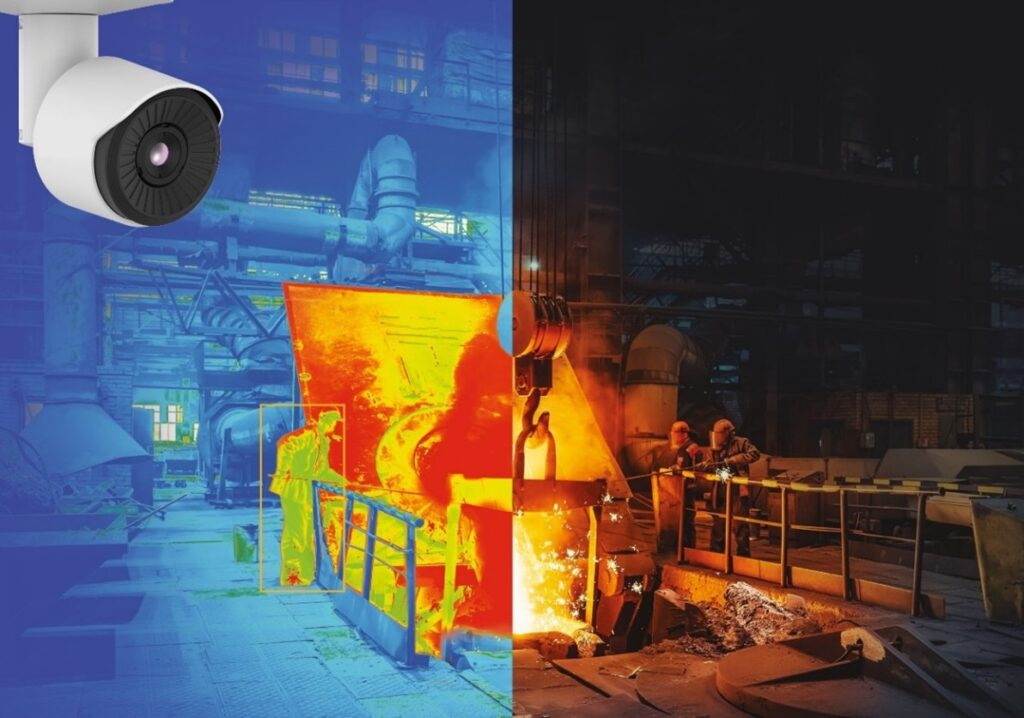
Precautionary Fire Prevention with CCTV Technology
Fire is one of the most destructive threats to homes, businesses, and public spaces. It can start suddenly and spread rapidly, causing severe property damage and endangering lives. While traditional systems like alarms and sprinklers are essential, they respond only after a fire has ignited. That’s why CCTV fire prevention is gaining attention—using surveillance technology not just for security, but as a proactive tool to detect fire risks before they escalate.
In today’s technologically advanced world, CCTV cameras are playing an increasingly important role in precautionary fire prevention. This article explores what precautionary fire prevention is, why it matters, and how integrating CCTV technology can make fire prevention more effective than ever.
What Is Precautionary Fire Prevention?
Precautionary fire prevention refers to the measures and practices put in place to reduce the likelihood of a fire occurring in the first place. Unlike fire suppression or detection systems that operate after a fire has started, precautionary strategies focus on:
Identifying and eliminating fire hazards
Monitoring risky environments
Ensuring compliance with safety protocols
Training personnel and educating residents or employees
Establishing safe electrical and material handling systems
It is a proactive approach and serves as the first line of defense against fire-related incidents.
Why Precautionary Fire Prevention Is Crucial
Reactive systems are critical, but they come into play only after a fire has ignited. By then, even a few seconds can make the difference between a manageable event and a catastrophic loss. Here’s why focusing on precautionary fire prevention is non-negotiable:
Reduces Fire Risk: By eliminating sources of ignition and flammable materials, the chance of a fire starting is significantly lowered.
Cost-Effective: Prevention is always cheaper than response. Rebuilding or restoring fire-damaged property can cost millions.
Protects Lives: Early identification and mitigation of fire risks mean fewer lives are endangered.
Maintains Business Continuity: Fires can halt operations for days, weeks, or even permanently. Preventative strategies ensure smooth operations.
Legal Compliance: Many regions require buildings and businesses to have documented fire prevention practices in place.
The Role of CCTV Cameras in Fire Prevention
CCTV cameras have traditionally been used for security and surveillance, but their role has expanded considerably. When integrated into a fire prevention system, CCTV becomes a powerful tool for early detection, risk monitoring, and evidence gathering.
1. Monitoring High-Risk Areas
CCTV cameras can keep constant watch over fire-prone zones such as:
Electrical panels
Boiler rooms
Storage areas with flammable goods
Kitchens in commercial establishments
Industrial equipment zones
Any unusual activity—like overheating machinery, unauthorized access, or smoke—can be flagged immediately, triggering preventive action.
2. Detecting Smoke and Heat
Advanced CCTV systems now come with thermal imaging and smoke detection algorithms. These systems can detect:
Sudden temperature spikes
Smoke trails or unusual visual distortions
Flame patterns or hotspots
This allows for real-time alerts before a fire fully develops, giving personnel the opportunity to intervene quickly.
3. Behavioral Monitoring and Rule Enforcement
One of the major causes of fires is human negligence, such as smoking in restricted areas, improper use of equipment, or unsafe storage practices. CCTV footage provides:
Behavioral insights into how employees or residents use spaces
Evidence for training or disciplinary measures
Data for refining fire prevention protocols
When people know they are being monitored, they are also more likely to follow fire safety rules.
4. Integration With Alarm and Fire Systems
Modern CCTV systems can be integrated with fire detection and alarm systems to enhance response time. For example, if a thermal camera detects a temperature anomaly, it can automatically:
Alert the fire department
Activate sprinklers
Lock down certain zones
Notify management or security
This integration adds a layer of intelligence and speed to precautionary measures.
Best Practices for Using CCTV in Fire Prevention
To get the most out of your CCTV system in the context of fire prevention, follow these key practices:
Use High-Quality Cameras: Invest in CCTV cameras with thermal imaging, high resolution, and smoke detection capabilities.
Place Cameras Strategically: Ensure that high-risk areas are well-covered, including hidden or rarely accessed zones.
Maintain Regular Checks: Cameras should be tested regularly for function, clarity, and connectivity.
Store and Review Footage: Store video data for at least 30 days. Reviewing footage can help identify overlooked hazards or gaps in your fire prevention strategy.
Train Your Staff: Employees should understand how to respond to alerts and utilize the CCTV system to monitor fire risks.
Conclusion
Precautionary fire prevention is not just a checklist item—it is a critical, ongoing process that protects lives, property, and productivity. While alarms and extinguishers are indispensable, preventing a fire from starting in the first place is the ultimate goal.
CCTV technology, once limited to deterring theft and intrusion, is now a game-changer in proactive fire safety. By using modern cameras equipped with smart features like heat and smoke detection, and by monitoring high-risk zones in real-time, businesses and homeowners can take a big step toward a fire-free environment.
If you are considering upgrading your fire safety measures, don’t overlook the power of CCTV. It’s more than just surveillance—it’s a safeguard, a detector, and a silent watchdog that never sleeps.
